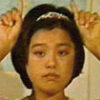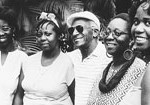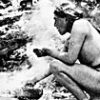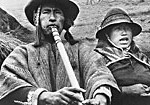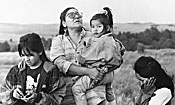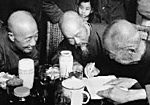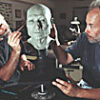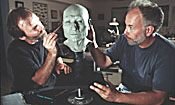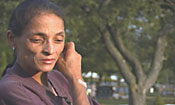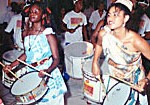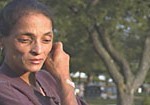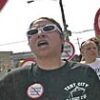Price: $275.00
This fascinating, multifaceted documentary is an extraordinary portrait of one of America’s quintessential postwar suburbs, Park Forest, Illinois, from its founding to the present.
Product Description
This fascinating, multifaceted documentary is an extraordinary portrait of one of America’s quintessential postwar suburbs, Park Forest, Illinois, from its founding to the present. The film deftly interweaves remarkable archival footage and contemporary interviews to explore the ideals and aspirations of the town’s builders and residents, the sociology of the suburban “Organization Man” as documented in William H. Whyte’s famous Park Forest research in the 1950s, and the town’s subsequent struggles to survive economic, racial, and societal change.
Looking at the real-estate situation after World War II, a group of Chicago businessmen saw a huge population of returning veterans, but little available housing. Why not, they thought, build an entire new community for these people? They bought up 2,400 acres of cornfields 30 miles south of Chicago and designed clusters of rental apartments around a central shopping mall, with ranch-style and split-level houses for sale on the periphery. They marketed affordable homes and the promise of happiness.
Park Forest opened in 1948. Unlike the Levittowns, Park Forest was planned and built to be a complete, self-contained village. It provided housing, utilities, local shopping, and a citizen-based town council — all designed to create a new way of living. The idea seemed to work. In the 1950s Park Forest became famous through William H. Whyte’s social analysis in “The Organization Man.” Park Forest, he wrote, was “like every other suburb, only more so… a harbinger for the way America is going to be.”
By the 1960s the schools were excellent, the median educational level was the highest of any Illinois community, and the population had grown to 30,000, including a cross-section of races and religions. While much of the country was wrestling with segregation and discrimination, Park Forest became a model of peaceful integration in suburbia.
But societal changes in the late 1960s and 1970s hit Park Forest hard. The companies that had promised “The Organization Man” a lifetime of employment security reneged on their promises. Big shopping malls were springing up, and the central shopping plaza that had been the heart of the village failed. As quickly as Park Forest had been built, it had become outdated. Many residents eagerly left town in search of newer suburban utopias offering four-bedroom houses, two-car garages, and half-acre lots.
For better or for worse, Park Forest helped create the suburban nation that America is today. Award-winning filmmaker and former Park Forest resident H. James Gilmore returned home during the town’s 50th anniversary celebrations to interview the pioneers of the planned community and document the rise, fall, and attempted revival of a unique American dream. “Chronicle of an American Suburb” will stimulate thought and discussion in a variety of courses in American history and studies, sociology, urban and regional planning, social psychology, and political science. It was produced by H. James Gilmore.










